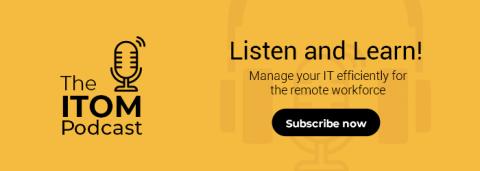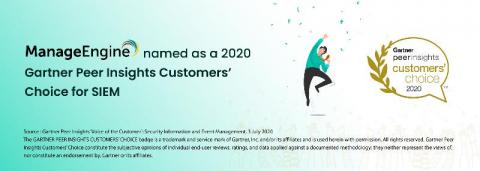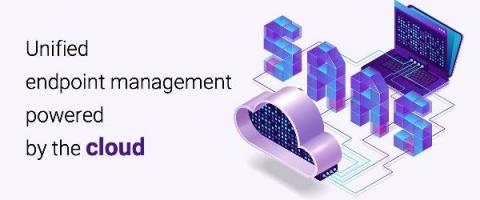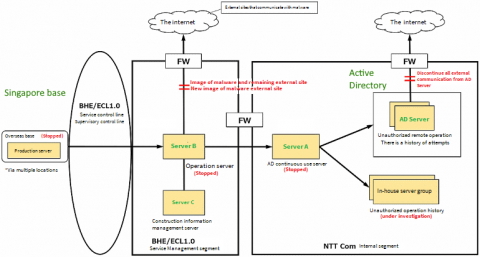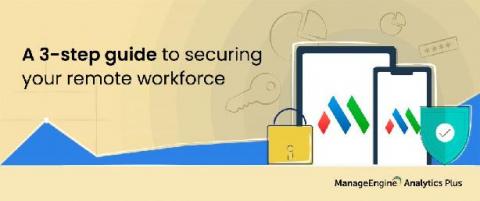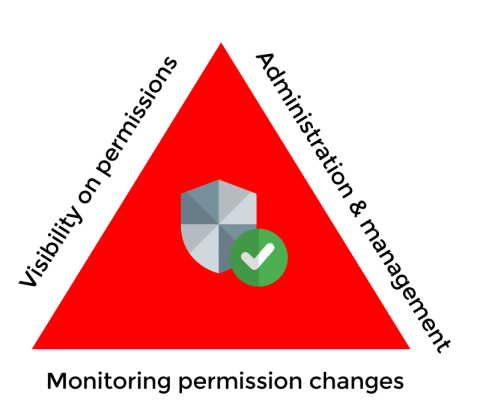Introducing the ITOM podcast: Listen and learn how to avoid remote work roadblocks in an IT environment
In administrating all technology and application requirements within an organization, IT operations management (ITOM) is pretty complex, and tends to send IT admins scrambling for authentic and actionable insights across the internet. We’re taking matters into our own hands and launching our very own podcast series to provide you valuable information on ITOM, which you can choose to listen to at your leisure or on the go!


